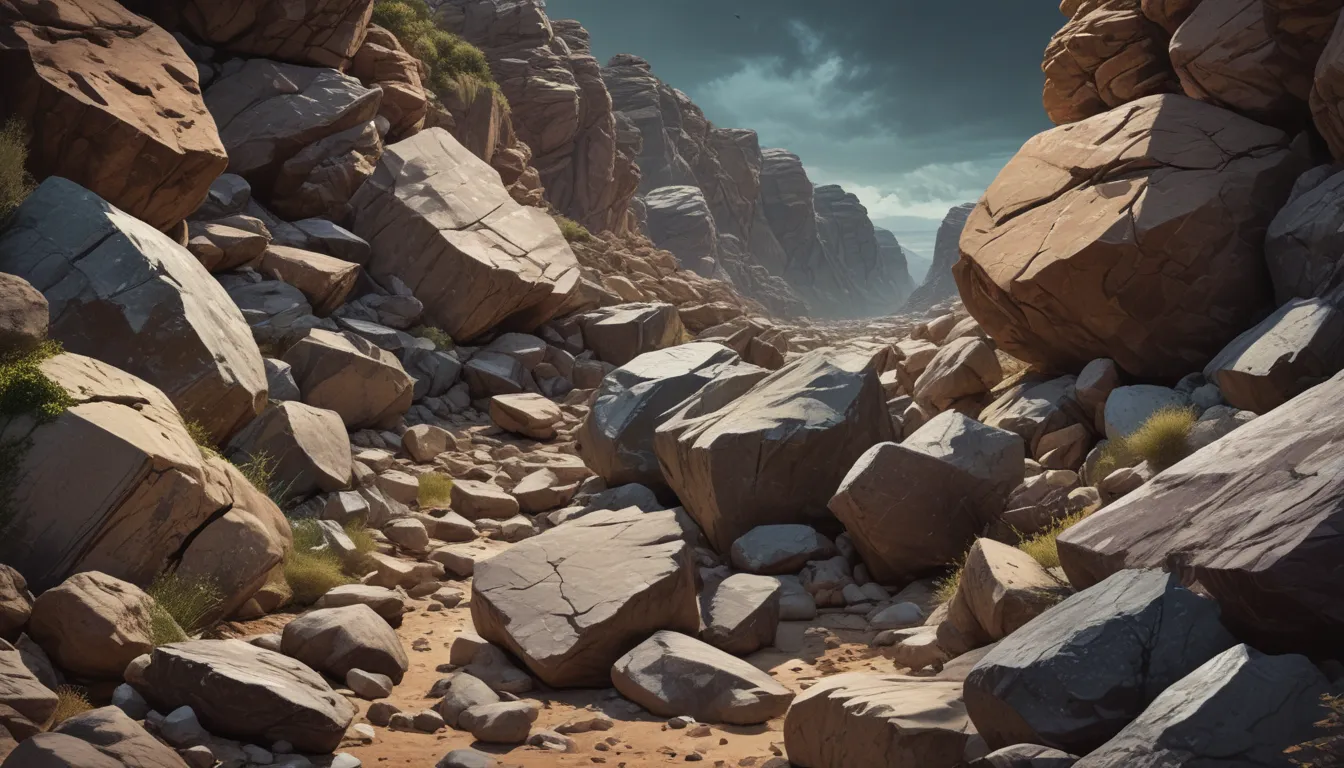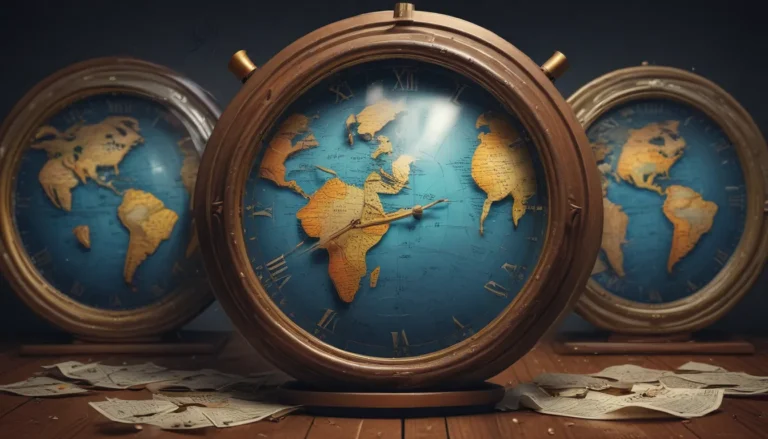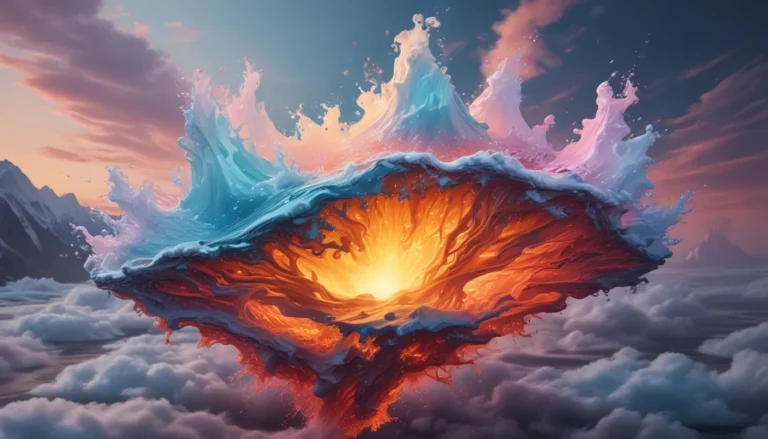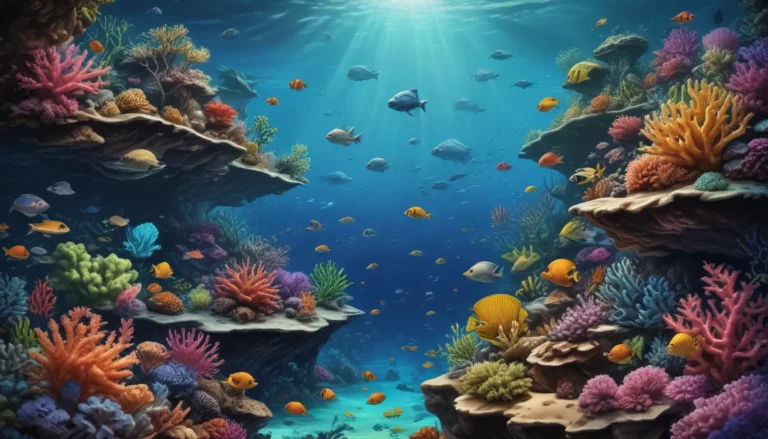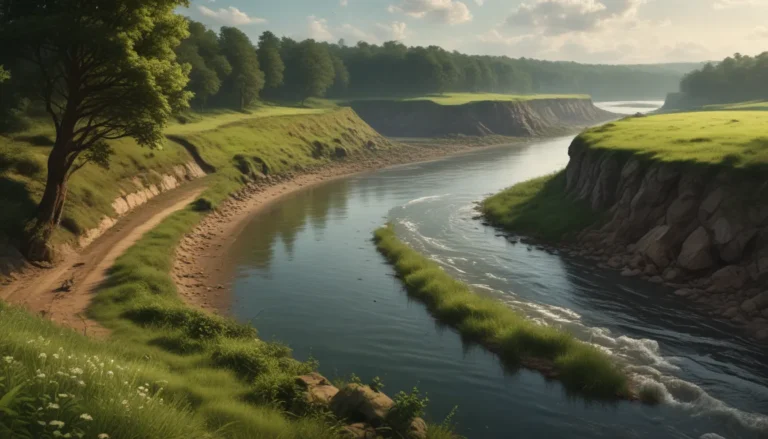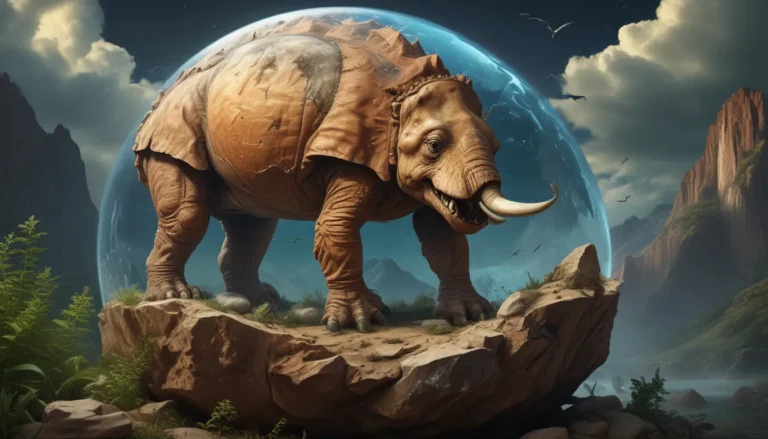A Note About Images: The images used in our articles are for illustration purposes only and may not exactly match the content. They are meant to engage readers, but the text should be relied upon for accurate information.
Have you ever stopped on a hike to admire a uniquely shaped stone or marveled at a jagged cliff? If so, you’ve already begun to explore the intriguing world of geology. Rocks are not just inert materials; they hold a dynamic and captivating story about our planet’s history. In this article, we will uncover 20 fun facts about rocks that are sure to make your next outdoor adventure even more interesting.
The Three Types of Rocks
All rocks on Earth can be classified into one of three categories: igneous, sedimentary, and metamorphic. Each type is formed through distinct geological processes, contributing to their unique characteristics.
Igneous Rocks: Born of Fire
Igneous rocks originate from cooled magma or lava, with the process occurring either above (extrusive) or below (intrusive) the Earth’s surface. Examples of igneous rocks include basalt and granite.
Sedimentary Rocks: Earth’s History Book
Sedimentary rocks form over millions of years as small particles like sand, silt, and clay accumulate and harden. These rocks often exhibit layers, each representing a snapshot of Earth’s history.
Metamorphic Rocks: Altered by Pressure and Heat
Metamorphic rocks start as either igneous or sedimentary rocks but undergo transformation due to intense heat and pressure, changing their physical and chemical properties. Marble, for instance, is a metamorphic rock formed from limestone.
The Rock Cycle: A Continuous Process
The rock cycle illustrates the perpetual transformation of one rock type into another through processes like melting, erosion, sedimentation, and metamorphism. It demonstrates how rocks are continuously created, altered, and destroyed.
Some Surprising Rock Facts
- Some Rocks Float: Pumice, an igneous rock, can float on water due to its unique formation process involving rapid cooling and gas-rich magma.
- Rocks Can Grow: Certain rocks, like gypsum, can grow over time as mineral-saturated water evaporates, leaving behind mineral deposits.
- Oldest Known Rocks: Zircons, the oldest rocks on Earth at about 4.4 billion years old, offer a glimpse into our planet’s early days.
- Birthstones are Rocks: Birthstones, used in jewelry, are specific types of rocks or minerals, like diamond (April’s birthstone) and amethyst (February’s birthstone).
Rocks in Everyday Life
- Kitchen Countertops: Many kitchen countertops are made from granite, known for its durability and attractive patterns.
- The Grand Canyon: This geological wonder showcases nearly two billion years of Earth’s history in its layers of exposed rock.
- Gold in Quartz: Gold often forms within quartz, a mineral found in igneous and metamorphic rocks.
Rocks Beyond Earth
- Earth’s Crust: Approximately 95% of Earth’s crust consists of igneous and metamorphic rocks, with sedimentary rocks making up the remaining 5%.
- Meteorites: Chunks of rock that have fallen to Earth from space, meteorites help scientists study extraterrestrial matter.
- Moon Rocks: Lunar rocks brought back by Apollo astronauts have provided valuable insights into the Moon’s geology and its shared history with Earth.
Rock Discoveries and Phenomena
- Rocks as Tools: The Stone Age gets its name from the stone tools crafted by early humans.
- The Diamond Planet: The exoplanet 55 Cancri e is believed to be composed of diamond, graphite, and other elements.
- Fluorescent Rocks: Some minerals in rocks glow under ultraviolet light, a phenomenon known as fluorescence.
- Rocks Under the Ocean: Basalt, a common rock type, dominates the oceanic crust.
Famous Rocks Around the World
- The Matterhorn: This iconic mountain, made of metamorphic rocks gneiss and schist, is a famous landmark in the Swiss Alps.
In Conclusion
Rocks are more than meets the eye; they are time capsules teeming with Earth’s history. From glowing minerals to floating rocks, they showcase the diversity of our planet’s landscapes. These 20 fascinating facts about rocks are bound to inspire you to take a closer look at the next stone you encounter on your path — you never know what story it might hold.
